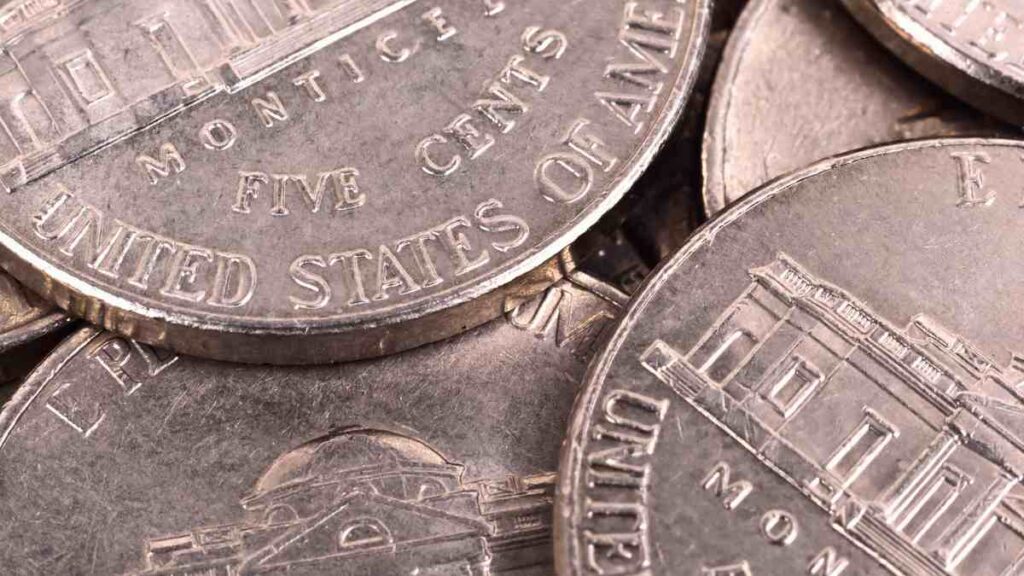If you have ever wondered how a simple piece of metal can tell centuries of stories, reach agreements, and even make a great deal of money? Around the 5th or 6th century BCE, coins took the stage as a method of payment. Used as a medium of business, coins have been a vital part of human history since the start of civilization.
However, as time goes by, they have become collectible items and a means of investment. One of the most crucial aspects of coin investing is the certification process. Certified coins are authentic and valuable in the numismatic market.
What are certified coins?
Certified coins are coins that have undergone authentication and grading by a third party. This involves services such as the Professional Coin Grading Service (PCGS).
These companies rigorously examine each coin, assessing its condition, authenticity, and quality. The process offers a standardized evaluation, giving you confidence in the coin’s value.
Below is a guide that explores everything you need to know about certified coins.
As a coin collector or investor, understanding the coin certification process can be incredibly beneficial. This process helps you assess, authenticate, and protect your valuable coins. Let’s dive into the key steps involved in coin certification.
The Process of Coin Certification
Grading
Coin grading is the cornerstone of the certification process. Think of it as determining a coin’s DNA. Numismatic experts meticulously examine every aspect of a coin—from its surface to its edges.
They’ll evaluate factors such as:
- Wear
- Luster
- Strike quality
- Surface preservation
After a thorough evaluation, the coin is assigned a numerical grade on the Sheldon scale, which ranges from 1 to 70. Higher grades indicate superior condition. A coin with minimal wear, crisp details, and vibrant luster will likely receive a higher grade.
Grading provides you with a standardized language to accurately communicate a coin’s quality. A coin’s grade significantly impacts its resale value, with higher-graded coins often commanding premiums in the market.
Once a coin undergoes grading, the next crucial step is authentication. This process is essential to verify the legitimacy of your coin. With the surge in counterfeit coins flooding the market, authenticating your coins has become more important than ever.
Methods of Authentication
Authentication can be achieved through various methods, ranging from visual examination to advanced scientific techniques. While a visual inspection is a basic and necessary step, it may not always catch the more sophisticated counterfeits. This is where advanced methods come into play.
Advanced Techniques
One such advanced method is X-ray fluorescence (XRF) spectroscopy. XRF analyzes the elemental composition of a coin, uncovering any inconsistencies that may indicate a fake. With these advanced techniques, you can be assured that your coin is genuine.
Having a certified coin provides peace of mind, allowing you to confidently invest in authentic and valuable pieces. Beyond individual assurance, authentication also plays a significant role in stopping the circulation of counterfeit coins, thereby preserving the integrity of the numismatic market.
Encapsulation
The final step in the coin certification process is encapsulation. This involves sealing your coin in a tamper-proof holder made from inert materials such as plastic. These materials are designed to ensure that they do not react with the coin over time, preserving its condition and value.
Encapsulation not only protects the coin but also provides an additional layer of security, making it clear that the coin has been authenticated and certified.
Encapsulation plays a crucial role in providing physical protection for your coin. It safeguards against:
- Scratches
- Mishandling
- Tampering
- Environmental hazards such as corrosion or oxidation
By encapsulating your coin, you ensure it maintains its pristine condition for generations. Beyond protection, encapsulation also enhances the presentation of your certified coins, elevating their aesthetic appeal and collectible value.
